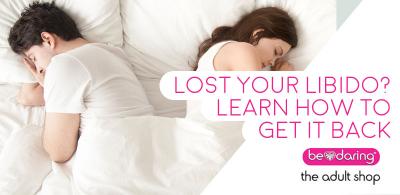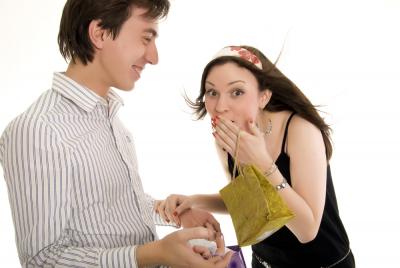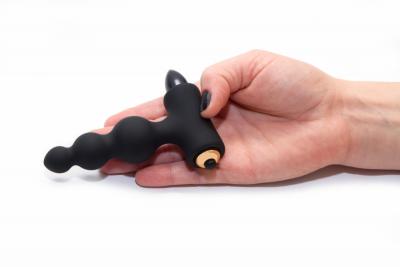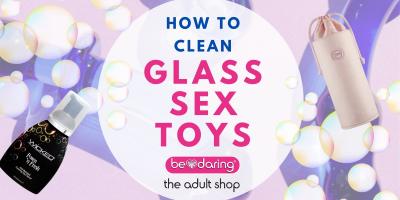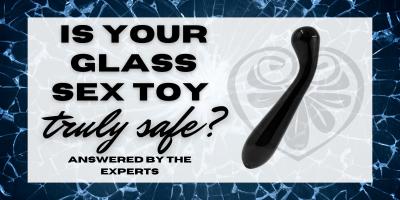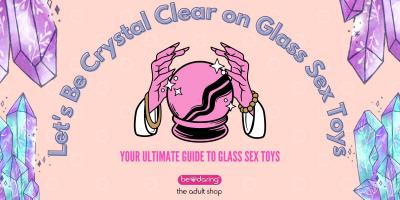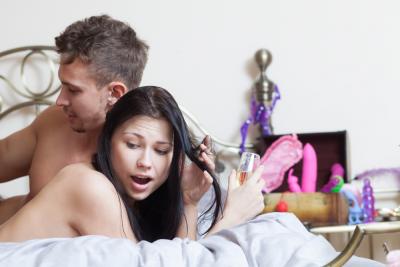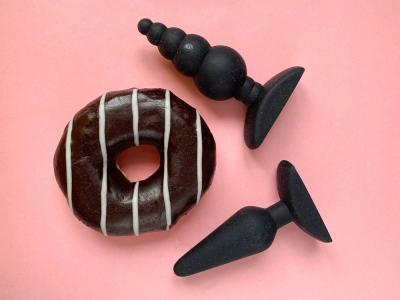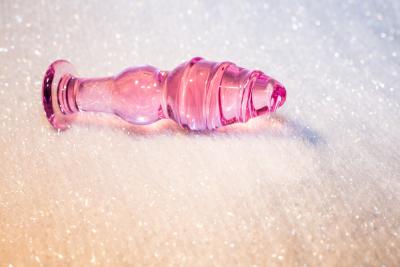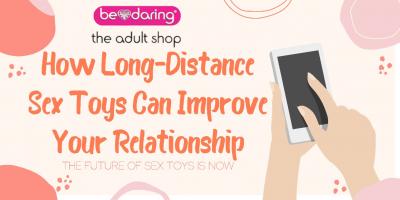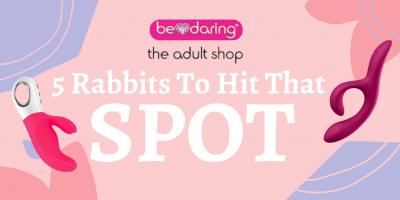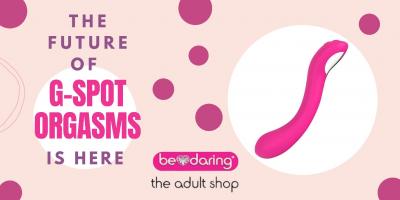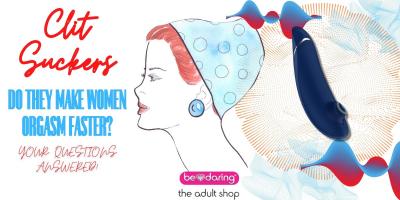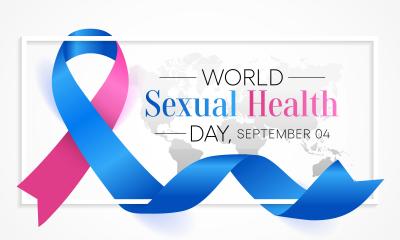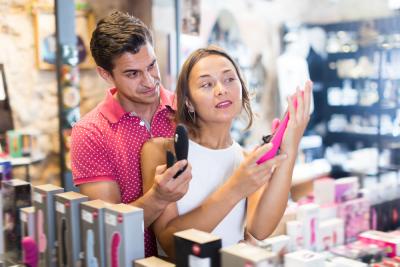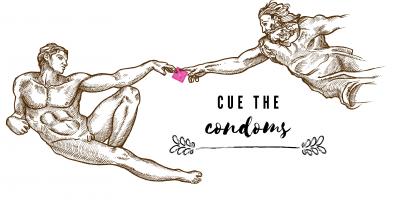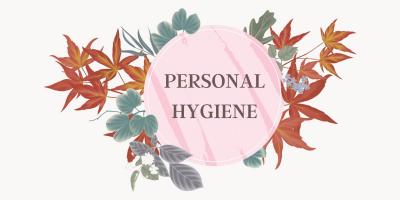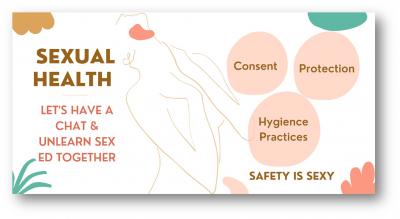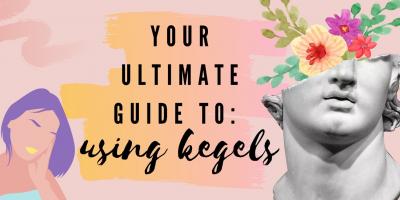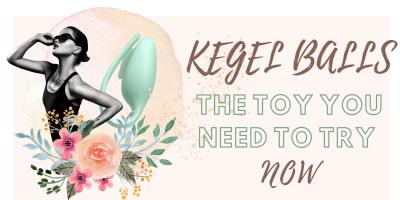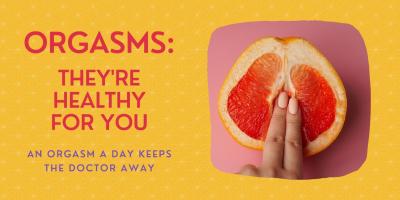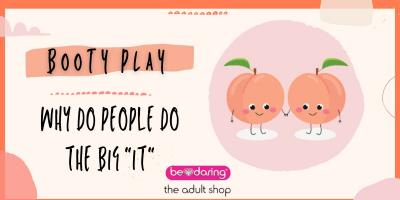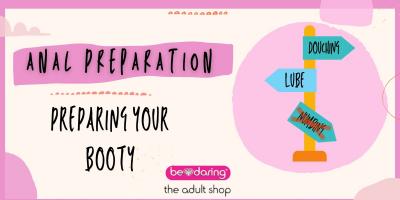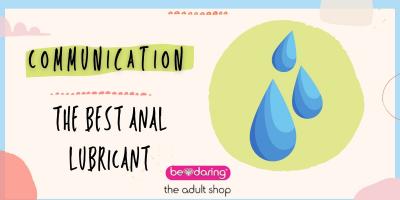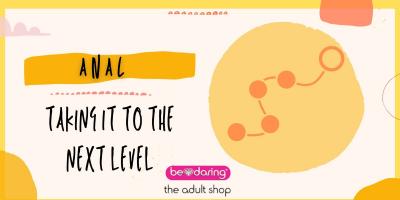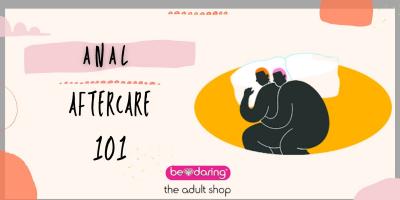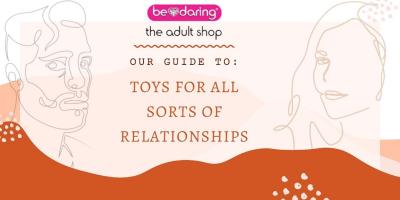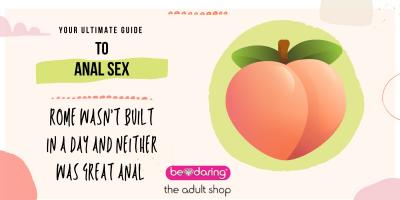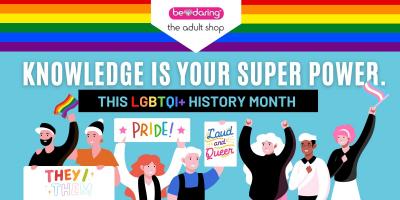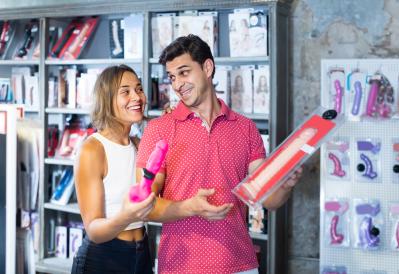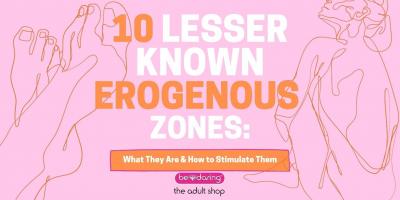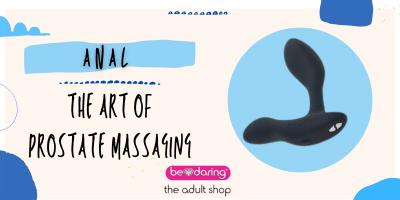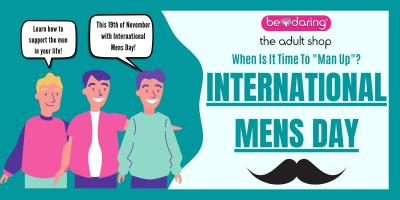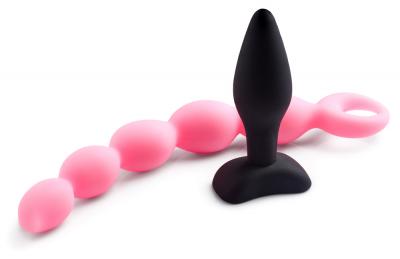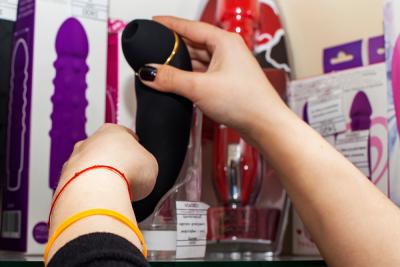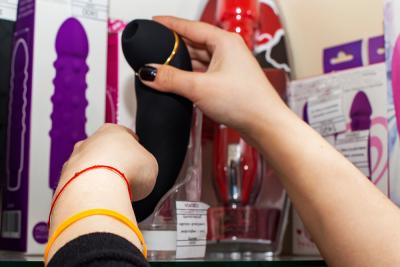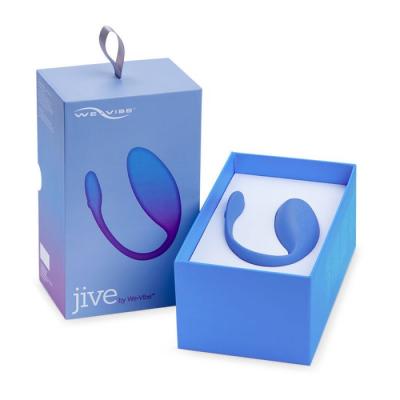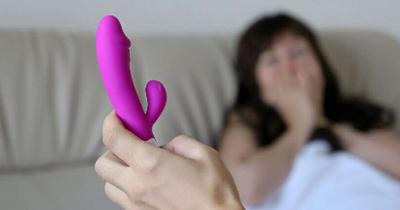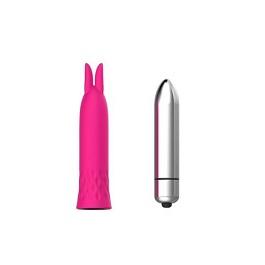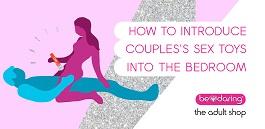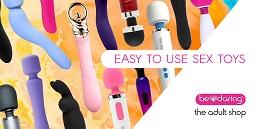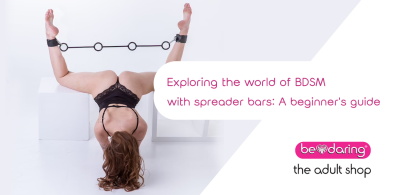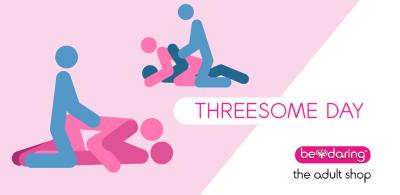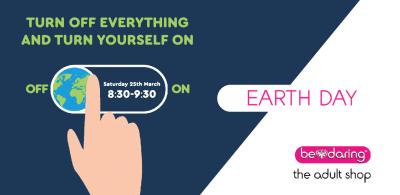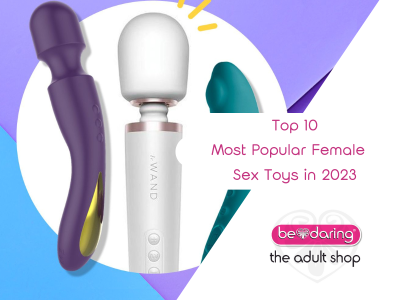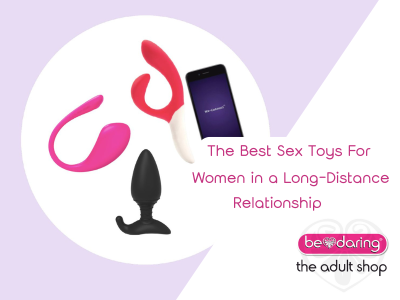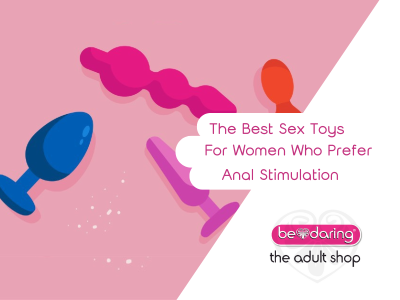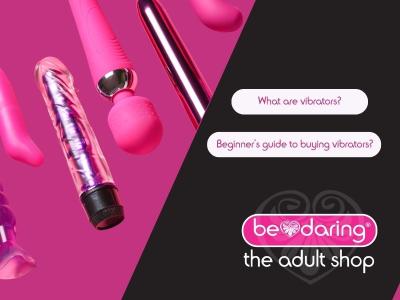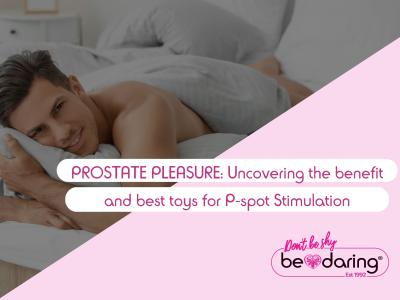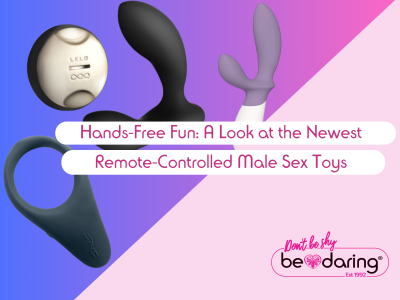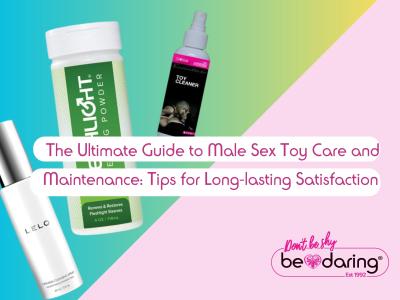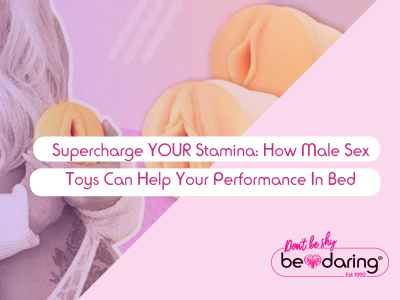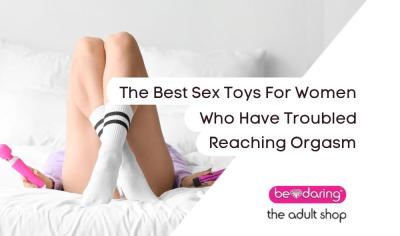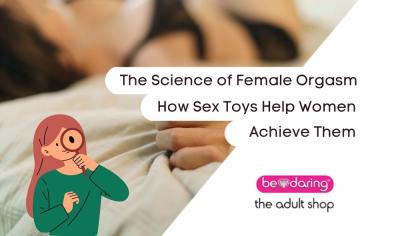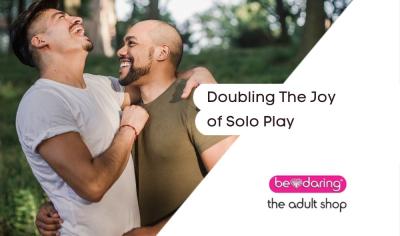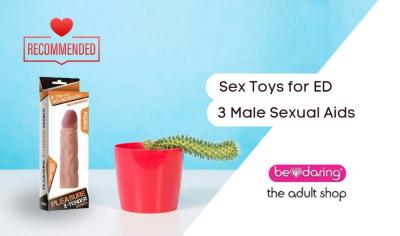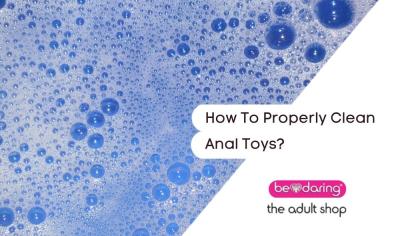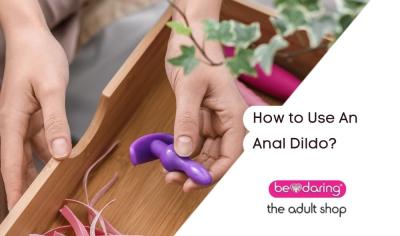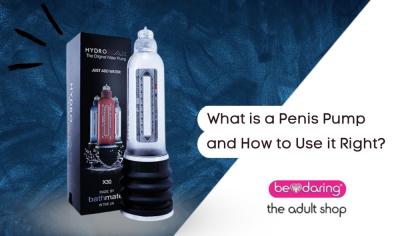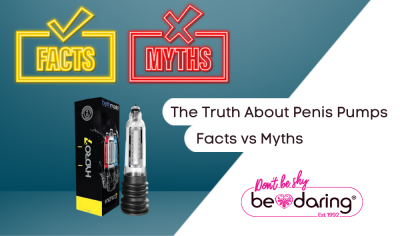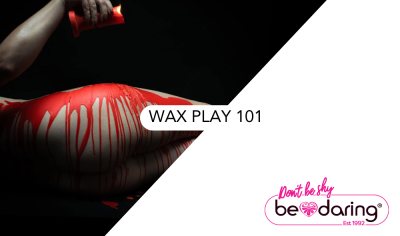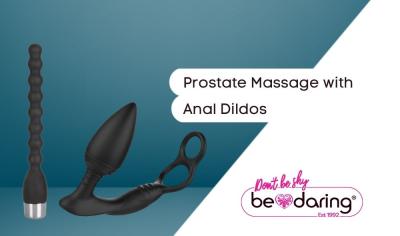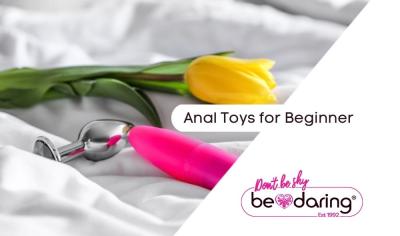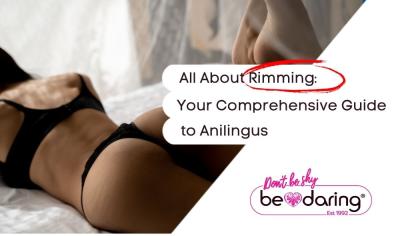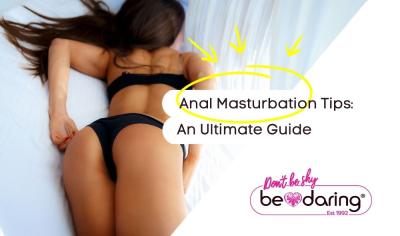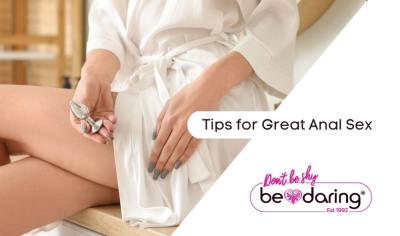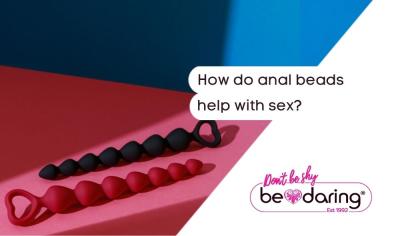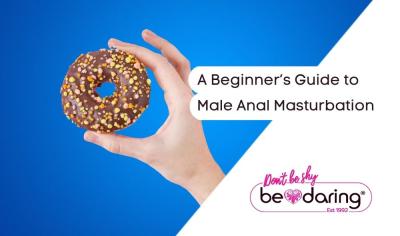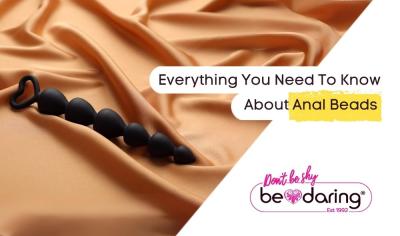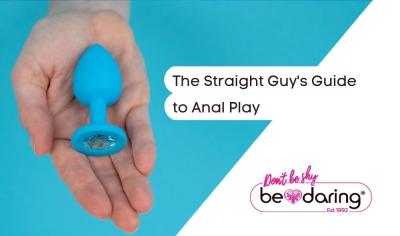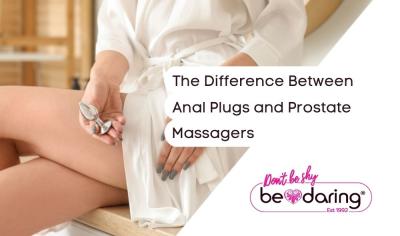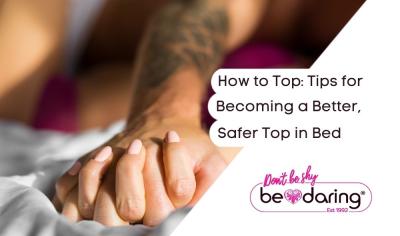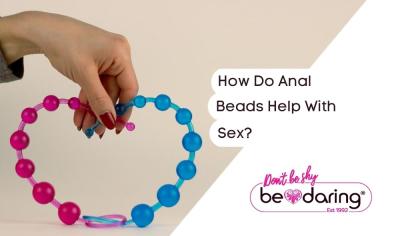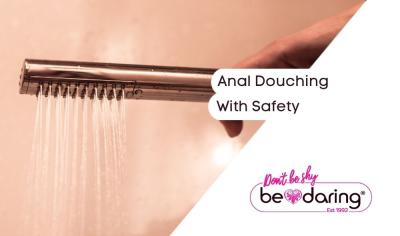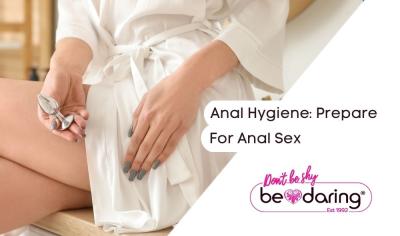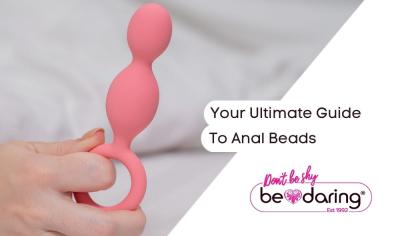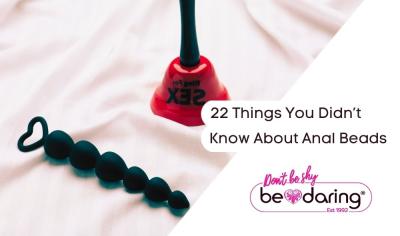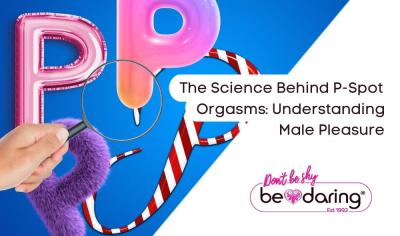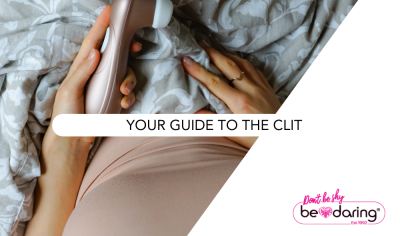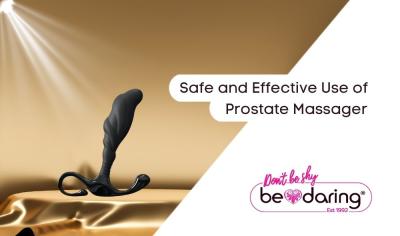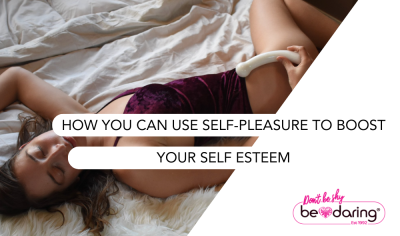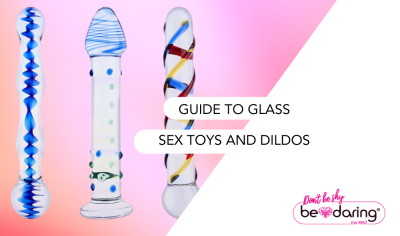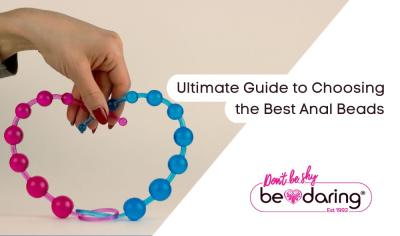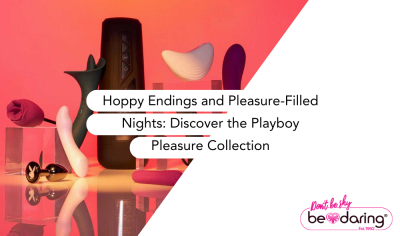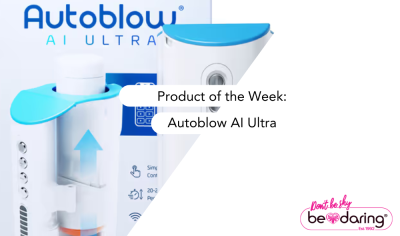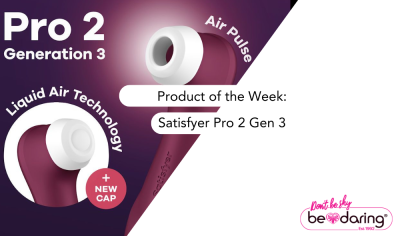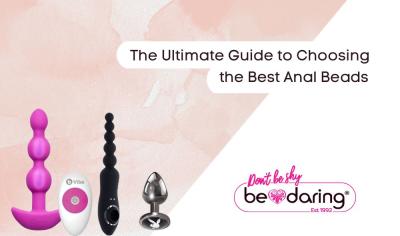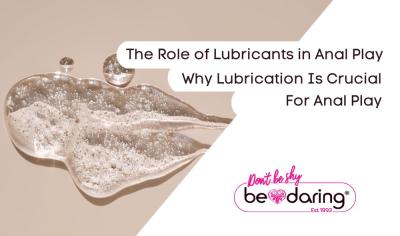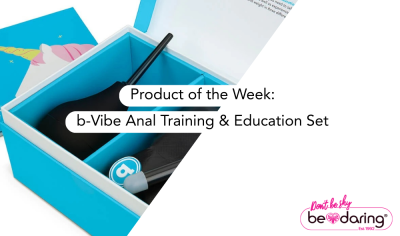P-Spot Stimulation: Benefits, Debunking Myths, and Getting Started
Categories
Topics
- Sexual Health
- Women's Masturbation
- Women's Self Pleasure
- Anal Sex
- Gay Sex
- Butt play
- Ass Play
- Ass Sex
- Adult retail
- Buying sex toys
- Sex & Relationships
- Sexy Events
- Sexual Wellness
- LGBTQIA+
- Dry Herb Vaporizers
- Adult Lifestyle
- Buying Sex Toys
- Sexual Relationships
- How To Build a Sex Room
- Bondage
- BDSM
- Bad Dragon Dildos
- Lingerie
- Cleaning sex toys
- Sex dolls
- Wax Play
- Women's Wellness
- Sex Machines
Tags
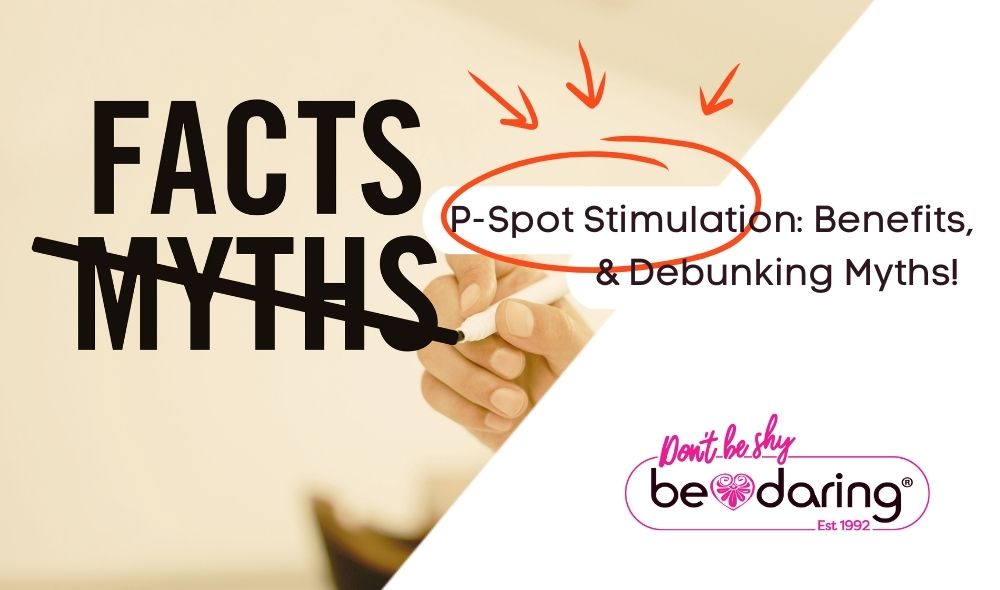
The prostate, a tiny gland located between the bladder and the rectum, has recently received more attention due to its potential for both pleasure and health. While prostate stimulation has traditionally been linked with male sexual pleasure in the context of cisgender, heterosexual relationships, it is vital to recognise that it may provide pleasure and health advantages to anybody with a prostate, regardless of sexual or gender identity. In this post, we will look at the advantages of prostate stimulation, dispel myths and misconceptions, and present evidence-based information to help people of all sexual identities enjoy and explore this often-overlooked area of sexual health.
What are the advantages of prostatic stimulation?
The prostate gland is an erogenous zone, thus stimulation can cause delightful sensations and even orgasms. However, the advantages of prostate stimulation extend beyond sexual pleasure. According to research, frequent prostate stimulation can provide a variety of health benefits. Prostate stimulation may have the following benefits:
Improved prostate health.
Prostate stimulation can aid in the release of prostatic fluid (a fluid required for the proper functioning of sperm cells and fertility in people with prostates), potentially lowering the risk of inflammation, infection, and prostate-related health problems such as benign prostatic hyperplasia (BPH) and prostatitis. Prostate health may or may not be a concern for you, but information on the subject can help you remain on top of it.
Improved sexual function.
Prostate stimulation can enhance sexual performance by boosting blood flow to the pelvic region, improving sensitivity and pleasure, and perhaps treating erectile dysfunction (ED).
Reduced stress and improved well-being.
Prostate stimulation, like other types of sexual activity, can help you relax and reduce tension. Reduced stress can also benefit physical health by lowering the risk of heart disease, high blood pressure, impaired immunological function, and other stress-related conditions. It can also improve mental health, cognitive function, productivity, sleep quality, and interpersonal connections.
Enhanced emotional closeness.
Prostate stimulation may be used for sexual exploration and connection with a partner, promoting emotional bonding and closeness. Given the historical stigma associated with prostate stimulation, many people with a prostate have never explored this region of their body and may feel exposed. Whether for health, pleasure, or other reasons, involving a partner in your practice may increase connection and understanding between you and your bodies.
What are some of the myths and misunderstandings around prostate stimulation?
Despite the potential advantages of prostate stimulation, a number of myths and misconceptions may prevent people from investigating this part of their sexual health. Let's refute some of these beliefs using evidence-based knowledge.
Myth #1: Prostate stimulation is exclusive to homosexual cis guys. This is a popular myth. Prostate stimulation can provide pleasure and health advantages to everyone with a prostate, regardless of sexual or gender identity.
Myth #2: Prostate stimulation is reserved for those with certain medical issues. Prostate stimulation may be therapeutic for some prostate-related health disorders, such as prostatitis or BPH, but it can also be an enjoyable and healthy sexual practice for those who do not have any specific health concerns.
Myth #3: Prostate stimulation causes discomfort or hazard. Prostate stimulation should not be uncomfortable or harmful if done correctly, with the right lubrication and communication techniques. Start carefully, use suitable equipment (such as prostate massagers or fingers), and discuss with your partner (if relevant) to ensure a safe and enjoyable encounter.
Myth #4: Prostate stimulation is neither "normal" nor "acceptable" for people with different sexual identities. Prostate stimulation is unrelated to one's sexual orientation, gender identity, or acceptability. It's a natural part of human anatomy and sexual health, and everybody with a prostate, regardless of sexual identity, has the potential for pleasure and health benefits from prostate stimulation.
How do I begin exploring prostate stimulation?
Educate yourself- Learn about prostate architecture, various prostate stimulation procedures, and potential health advantages. Refer to credible sources, such as medical publications, sexual health websites, and educational materials on sexual health and anatomy.
Communicate with your partner- Open and honest communication is essential when you have a partner. Discuss your interests, wants, and concerns about prostate stimulation, and ensure that you both have clear boundaries and permission.
Use the correct methods and tools- A safe and enjoyable prostate milking experience requires proper technique and the use of suitable gear such as prostate massagers, finger gloves or finger condoms, prostate stimulation tools, and prostate vibrators. Begin softly and carefully, with plenty of lubrication, and heed to your body's instincts.
Practice self-care- Self-care, like any sexual action, is essential for prostate stimulation. Pay attention to your body, take pauses when needed, and prioritise your physical and mental well.
Consult with a healthcare professional- If you have any particular prostate-related health concerns or medical issues, you should always check with a healthcare expert. They can offer personalised counsel and recommendations depending on your specific health requirements.
Takeaways
Prostate stimulation is a fun and beneficial component of sexual wellness that may help everyone with a prostate. When considering prostate stimulation, we must refute myths and misconceptions, educate ourselves, connect with our relationships, and prioritise self-care. Remember that sexual health is a personal and individual component of our life, and everyone has the right to explore and enjoy their own particular pleasures and experiences.














